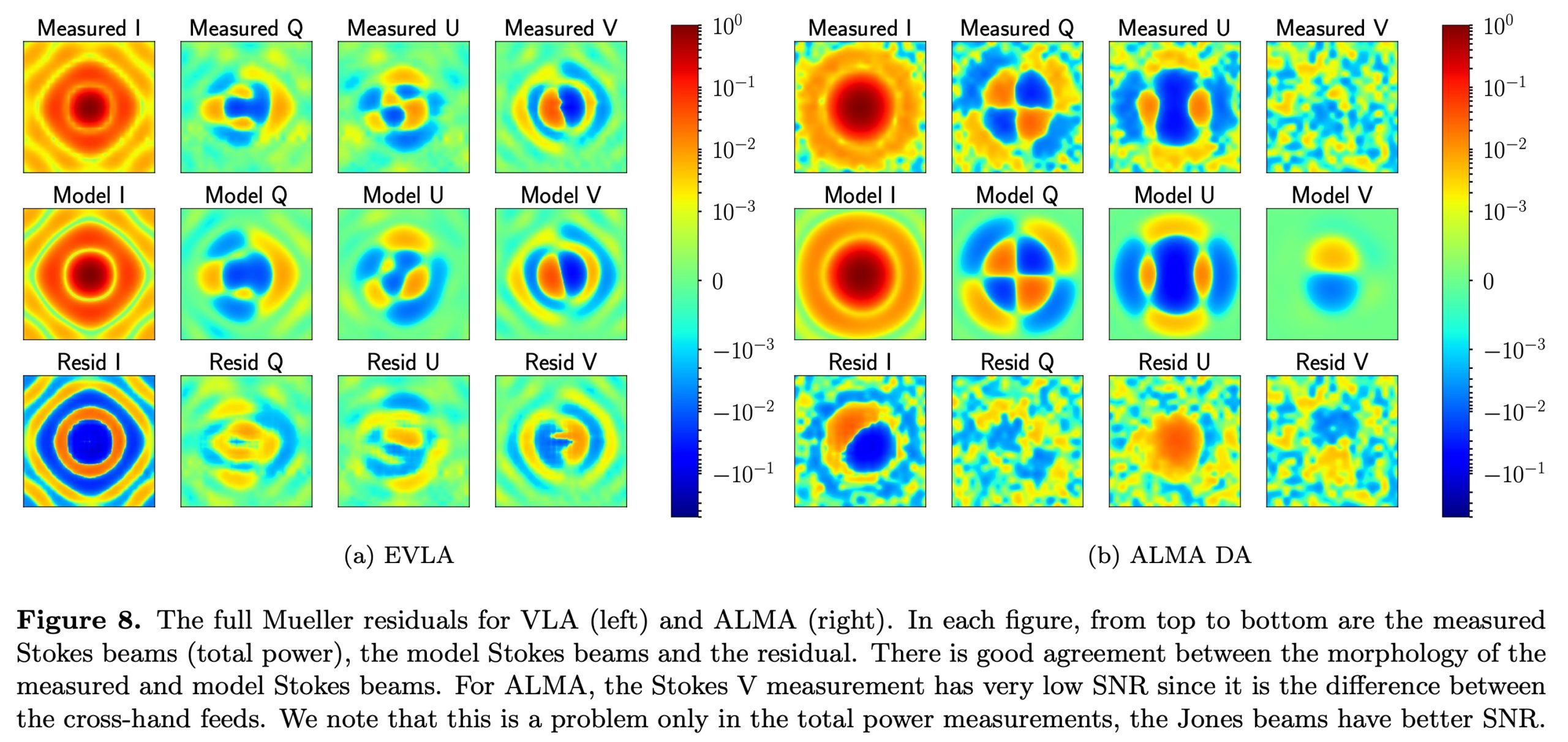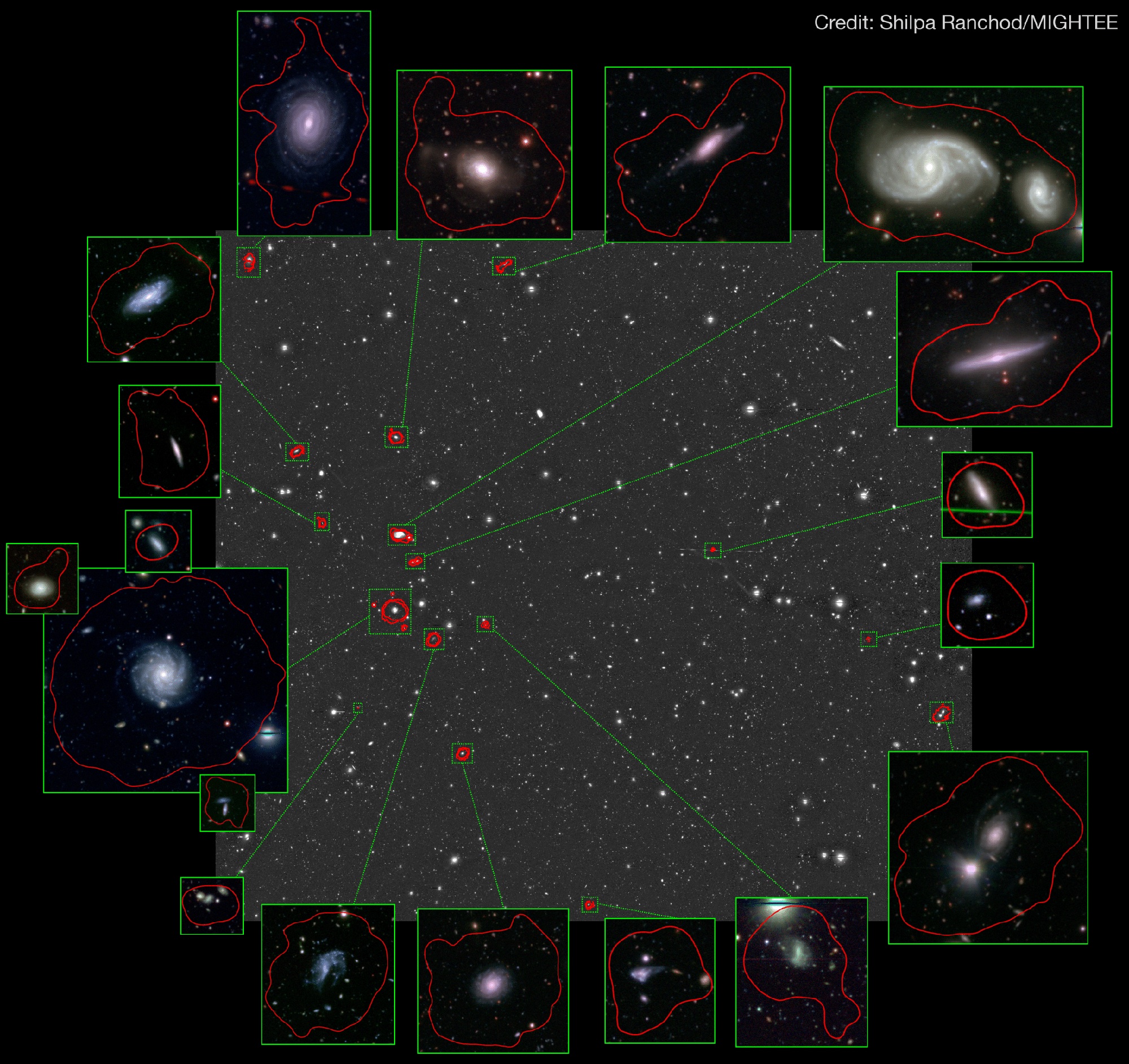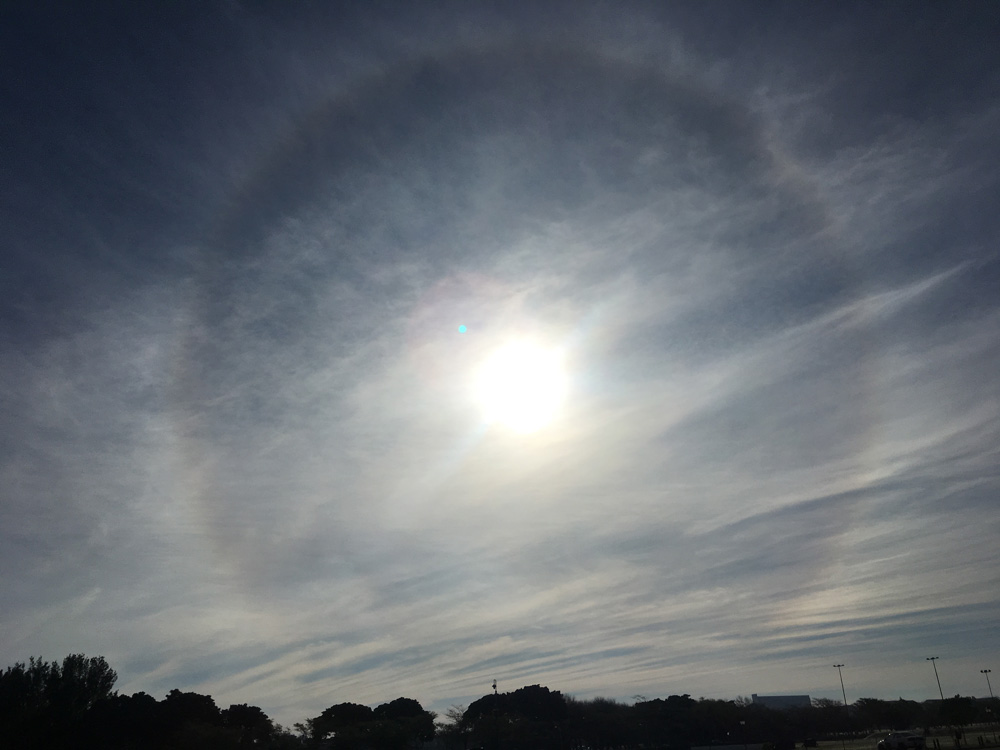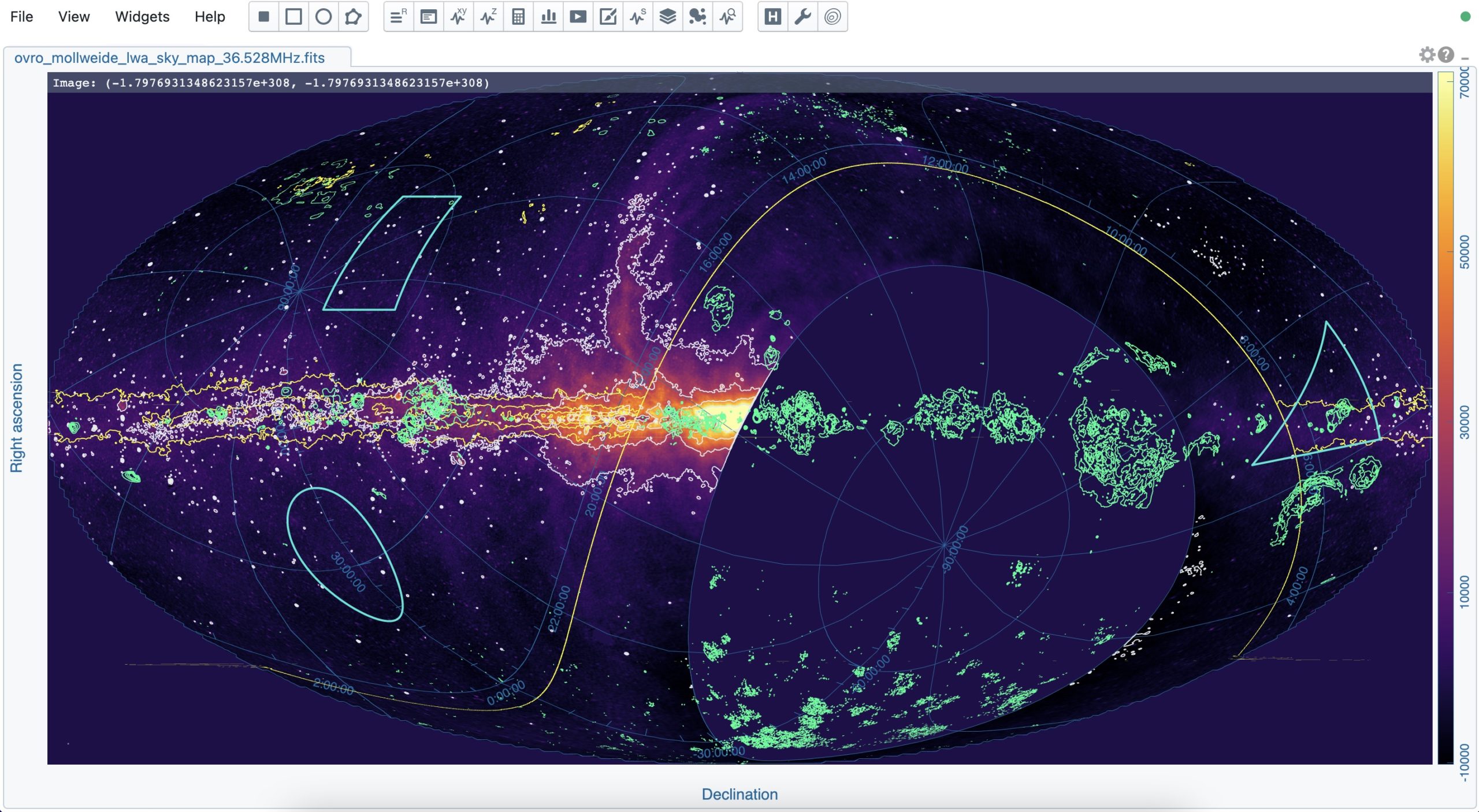Science Belongs To All Of Us – NSTF “Science Oscar” For Science Communicator Prof Carolina Ödman
By Nicklaus Kruger, UWC Institutional Advancement South Africa is a country of many languages – but for many of us, “science” isn’t one of them. Astrophysicist and Associate Professor Carolina Ödman has made it her mission to translate and share the joys of science with everyone – and her efforts have earned her the coveted Communication & Outreach Award at the NSTF-32 National … Read More









